Source:https://unsplash.com/photos/wpebWzfC4nk
A sustainable agriculture is one which depletes neither the people nor the land.
The agriculture sector is the most crucial sector for sustainable development. The SDGs like End Poverty and Zero Hunger are directly related to agricultural production. Feeding the ever-growing population with sufficient food and nutrients is a huge task. As most of the rural population depends on agricultural produce, the goal of decent work and economic growth (SDG 8) is also correlated with agriculture. Factors like growing population, water shortages, declining soil fertility, and climate change constrain sustainable agricultural production. Recently scientists have been exploring technologies such as Wireless sensor technologies and ICT for Sustainable agricultural production.
Applications of Web Technology
Conventionally government agencies and academic institutes have extension centres to disseminate the information required for crop management. Many agricultural universities and government agencies have such extension centres at various geographical levels, i.e., from national to the village. The objective of these extension centres is to provide information on fertilizes, crop diseases, weather forecasting, marketing opportunities and advisories to farmers. These extension centres rely on methods such as circulating leaflets, talks on television and radios.
Such extension centres have the limitations of failing to provide the required information on demand and from anywhere. Web technologies overcome this limitation. Web technologies provide an effective mode of transferring data in places where infrastructural facilities such as digital communications and electricity are available.
Village Resource Centers
Many government agencies adopting various technologies based on the premise that the emerging agricultural systems are more knowledge-intensive where information plays the role of capital. One such use case of ICT in agriculture is to create Village Resource Center. Such Village Resource Centres adopt hub-spoke model, similar to client serve model of interaction. The main village acts as the hub, identifying the information needs of farmers and then preparing the required information inputs and delivering it to the spokes, the Village Resource Centres in several outlying villages. The connection between hub and spokes is normally via satellite communication using VSAT and radios.
Web Portals
Another use case is to develop and maintain a web portal that provides up-to-date information to farmers. The following table lists some of the web portals developed by the Indian government. These web portals provide information in various regional languages and have often host multi-media content with various dashboards displaying the progress of government-initiated projects.
These web portals provide information on farm mechanization, weather watch reports, certified seed varieties, breeders, prices of various agricultural commodities, and weather advisory services.
Further, the Government of India has launched an e-governance project dedicated to the agriculture sector called National e-Governance Plan in Agriculture (NeGP-A). The main objectives of this initiative are to integrate all national and state-level agriculture services under one portal. The below figure shows the services offered under this project.
Soil Health Cards
The project introduces the novel concept of Soil Health Card (SHC). The SHCs was introduced to improve agricultural production. The card holds crop-wise recommendations of nutrients and fertilisers—a national-level web portal acts as a repository of all issued SHCs.
Social Networking Groups
In addition to government agencies, various non-government agencies have also adopted web technologies for similar purposes to serve the farmer's community. Citizens and farmers have started creating self-help group through social networking sites. For example, KrushiSamarpanSamuh is one such Facebook group with more than eighty thousand members helping each other
by sharing timely information.
Summary
Development engineers can devise appropriate web-technology based interventions to address the following problems.
To bridge the information gap between farmers and information providers.
To integrate information acquired from different developmental agencies, particularly from various government and non-government agencies.
To create a self-help group using social networking sites.




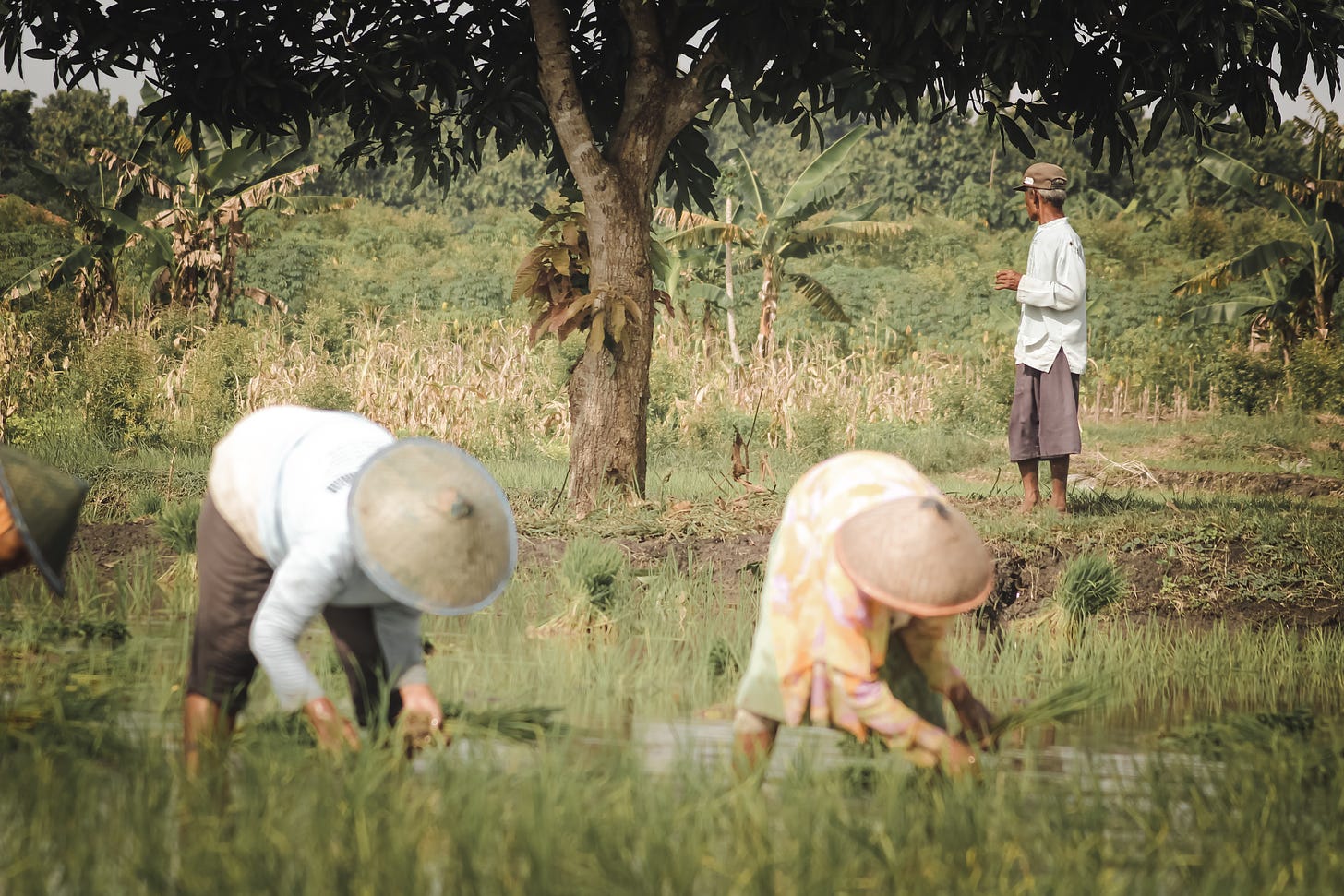
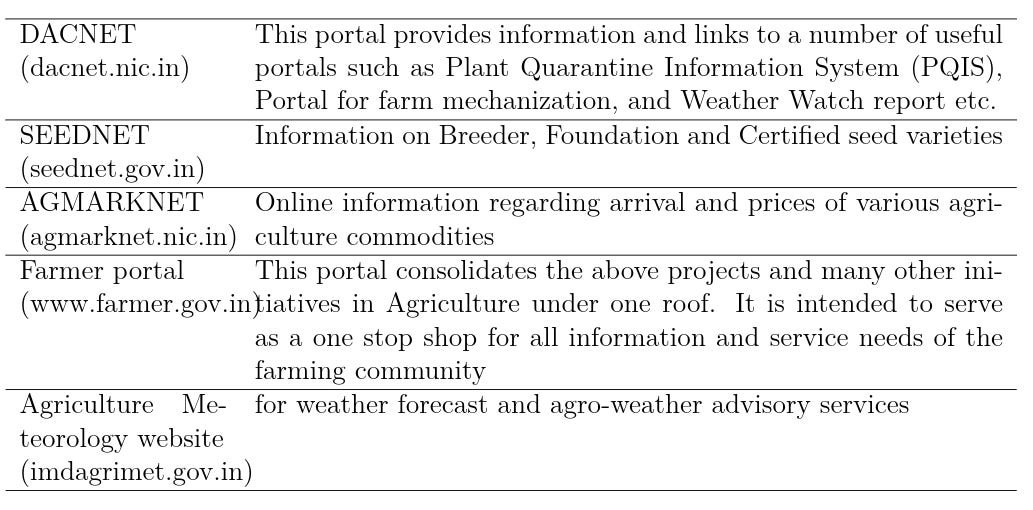
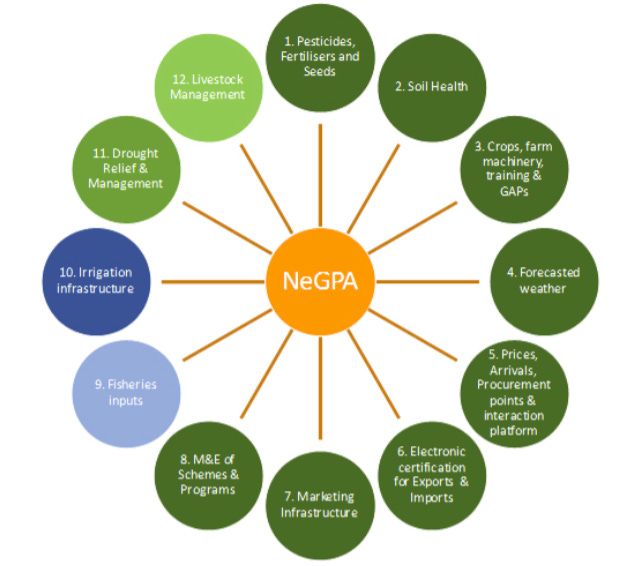
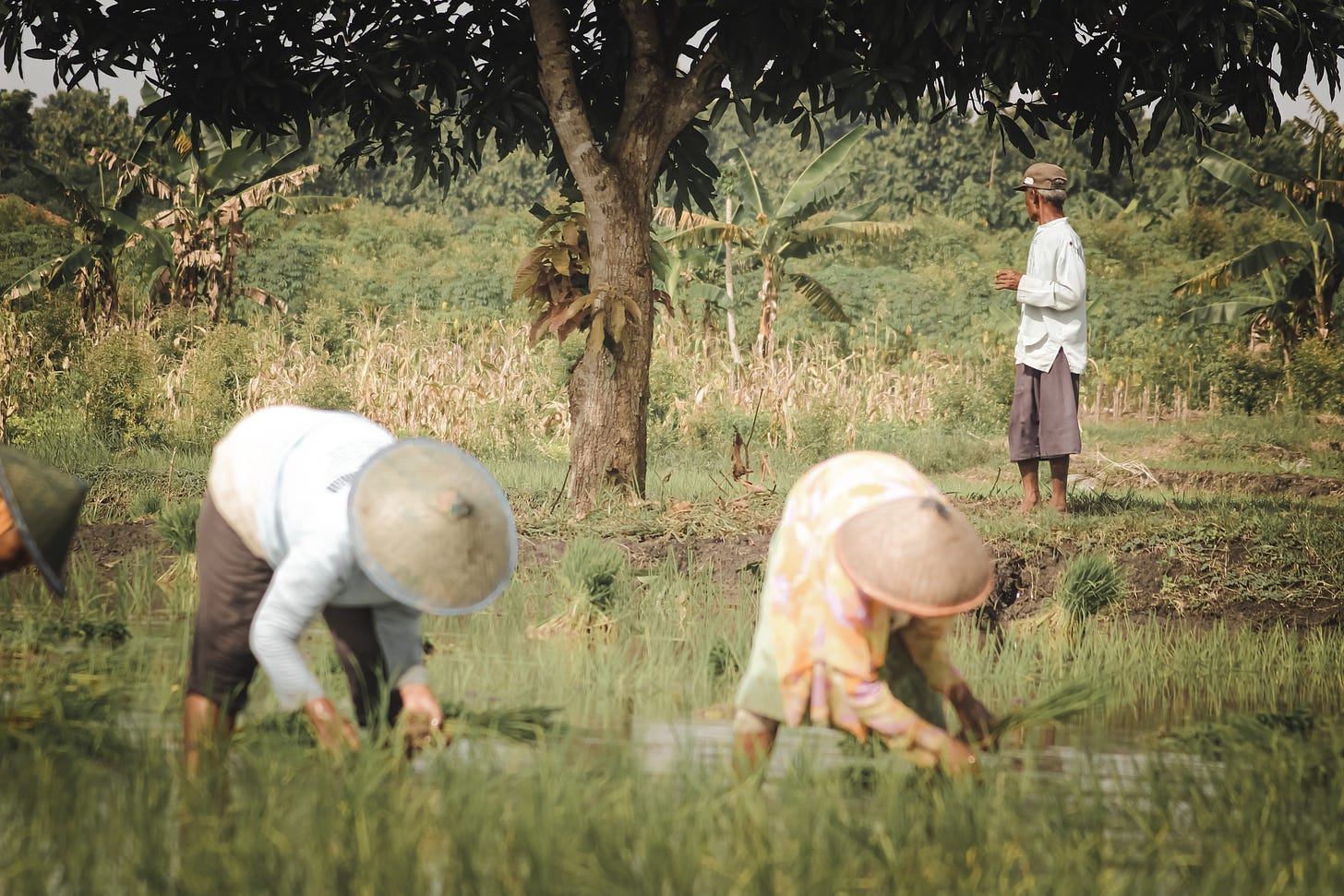


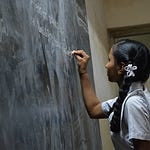





Share this post